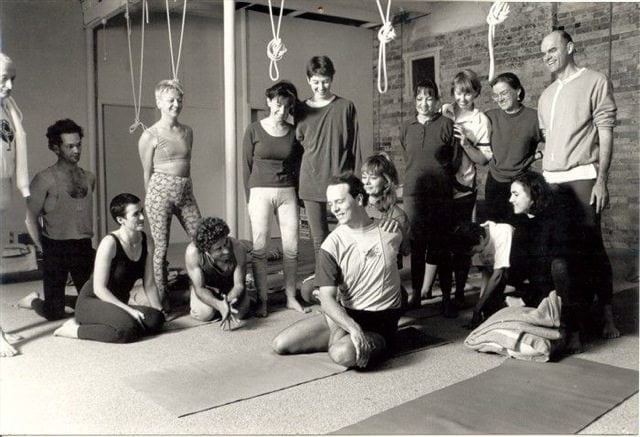
Yoga Teacher Training
In teaching a class today, one of the students got muddled between the right and left side of a pose. Years ago I worked out a little joke to correct this problem: I’d just say, “Try the other left side.”
Words are vital in communication, and especially so as a yoga teacher. Think of all the things that your teacher has said that have inspired you and gone straight to your heart.
On the other hand, harsh communication, words that come across as judgmental, tone of voice that sounds irritated or dissatisfied – all can create a negative experience of a yoga class.
There’s an art to getting the most out of yoga students and it’s one that gets refined over many years of the teacher working on herself.
I’m sorry to say that, when I was a beginning teacher, I thought because I could do some pretty snazzy yoga poses I was superior to my students. I delivered my classes in a tough style that was an imitation of what I thought my teacher did.
It took years for me to realise 2 things: that the students were my equals in many ways, and that I was doing them a disservice by pushing and exorting them to more because I deemed them as not doing a good enough job.
Here’s a few things I learned along the way:
1. If a student doesn’t understand your words or your way of communicating, it isn’t because they are defective learners. It means that you haven’t yet found a method of reaching them.
2. Students want to do well. If they aren’t getting it or not improving, perhaps you need to find their level and meet them there.
3. Humour goes such a long way to foster a fun atmosphere and optimum learning environment. Light-heartedness can create lightness in asanas and ease in breathing.
4. If you find you are irritated by certain individuals, it may point to some way that they reflect a part of you that you haven’t fully owned. This is bad news but points to growth that’s available, if you’re willing to take it on board.
5. Lastly, avoid drowning your students in words. Verbosity will keep them in their heads and limit their connecting with their own experience. The spacing of words and times of silence will underscore what you wish to communicate.
The acronym W.A.I.T. is a good one for a reality check. “Why am I talking?” You might just want to stop and save your breath altogether!

Hi,
Wow….Good Yoga Teacher Training..
Thanks for sharing.
Regards.
Thank you for sharing your insights!